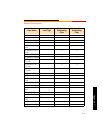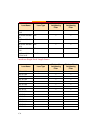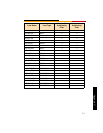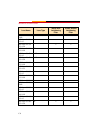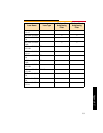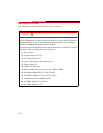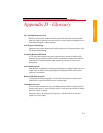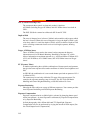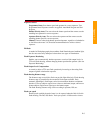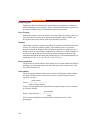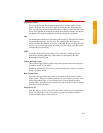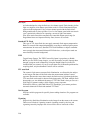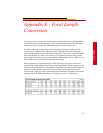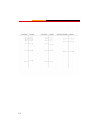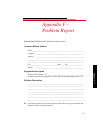
D-3
Appendix D
Exposure control
Programmed Auto: Sets shutter speed and aperture for correct exposure. Two
Programmed Auto Exposure controls are applied: Auto-Multi Program and Vari-
Program.
Shutter-Priority Auto: The user selects the shutter speed and the camera sets the
matching lens aperture for correct exposure.
Aperture-Priority Auto: The user selects the aperture and the camera sets the
matching shutter speed for correct exposure.
Manual: The user selects both shutter speed and aperture, regardless of whether he
or she follows the meter’s LCD readout recommendations to achieve desired
exposure.
Fill-flash
A method of flash photography that combines flash illumination and ambient light,
but does not necessarily attempt to balance these two types of illumination.
Flash Exposure Bracketing
Enables you to automatically bracket exposures at various flash output levels, in
TTL auto flash shooting, without changing shutter speed and/or aperture. (See also
Exposure Bracketing.)
Flash Output Level Compensation
A control to adjust a TTL auto flash operation by increasing or decreasing flash
output to lighten or darken the exposure.
Flash shooting distance range
The distance range over which a flash can provide light effectively. Flash shooting
distance range is controlled by the amount of flash output available. Each
automatic Speedlight’s flash output varies from maximum duration to minimum
duration. Close-up subjects require lower (down to minimum) output, while more
distant subjects require more light (up to maximum) output.
The flash shooting distance range varies according to aperture, ISO, etc.
Flash sync speed
Shutter speed at which the entire frame is to be exposed when the flash is fired in
flash shooting. The DCS 300 Series’ flash sync speed is 1/180 second or slower.



